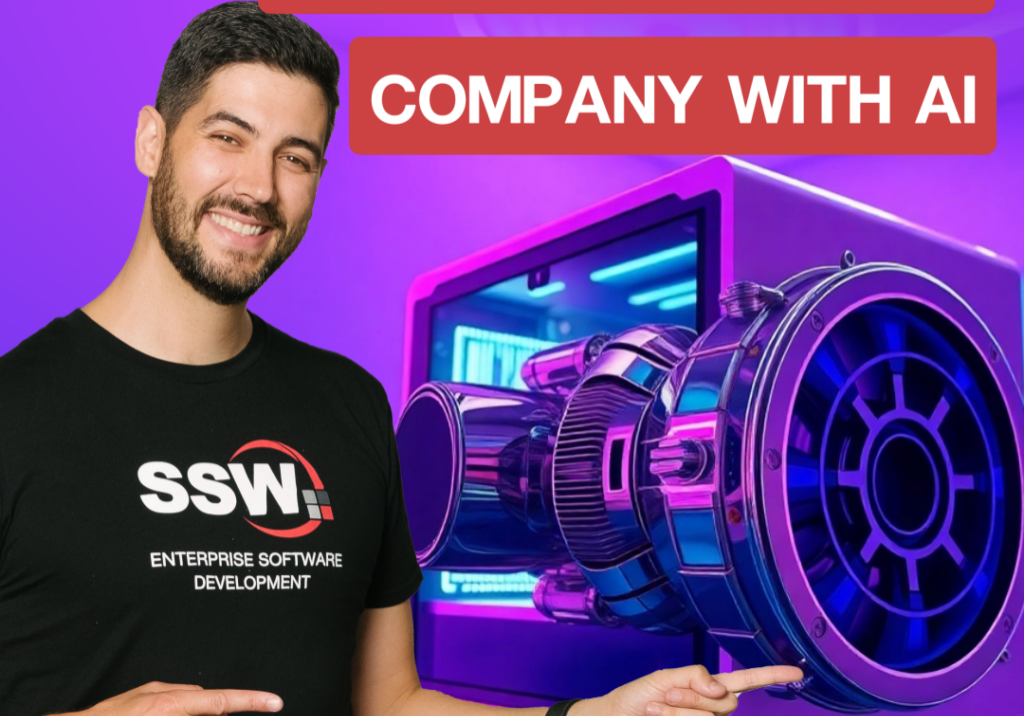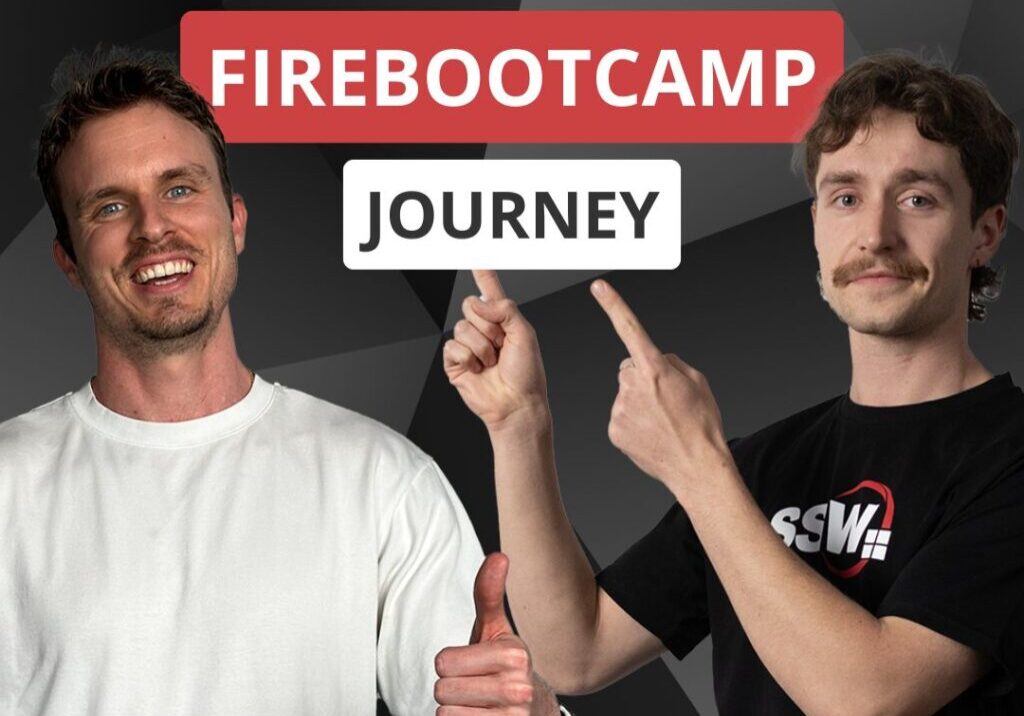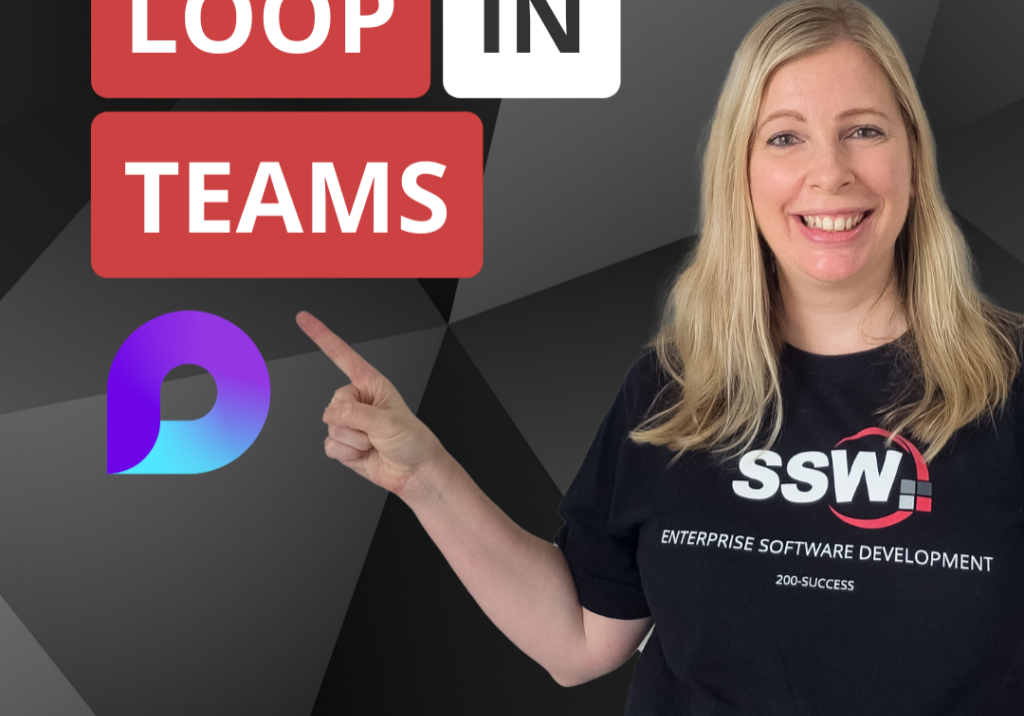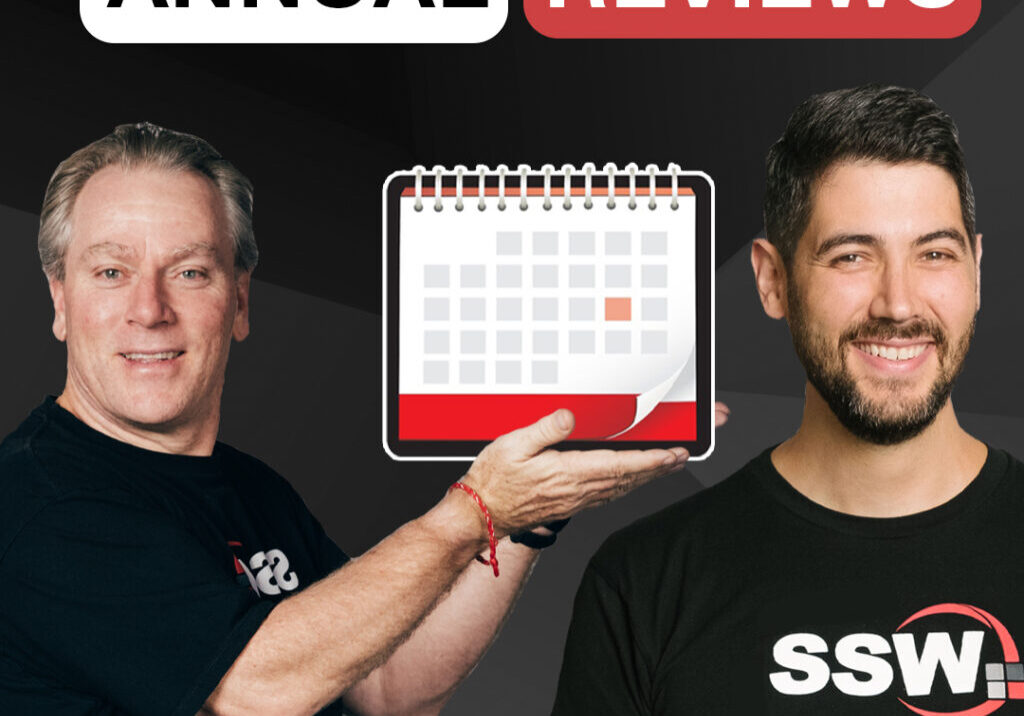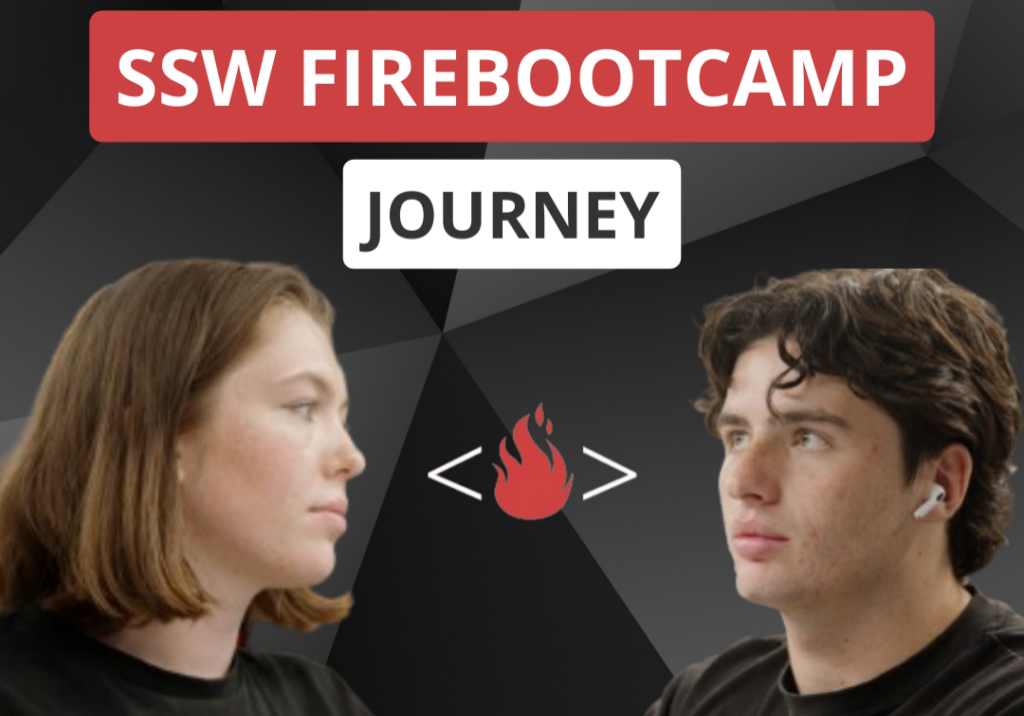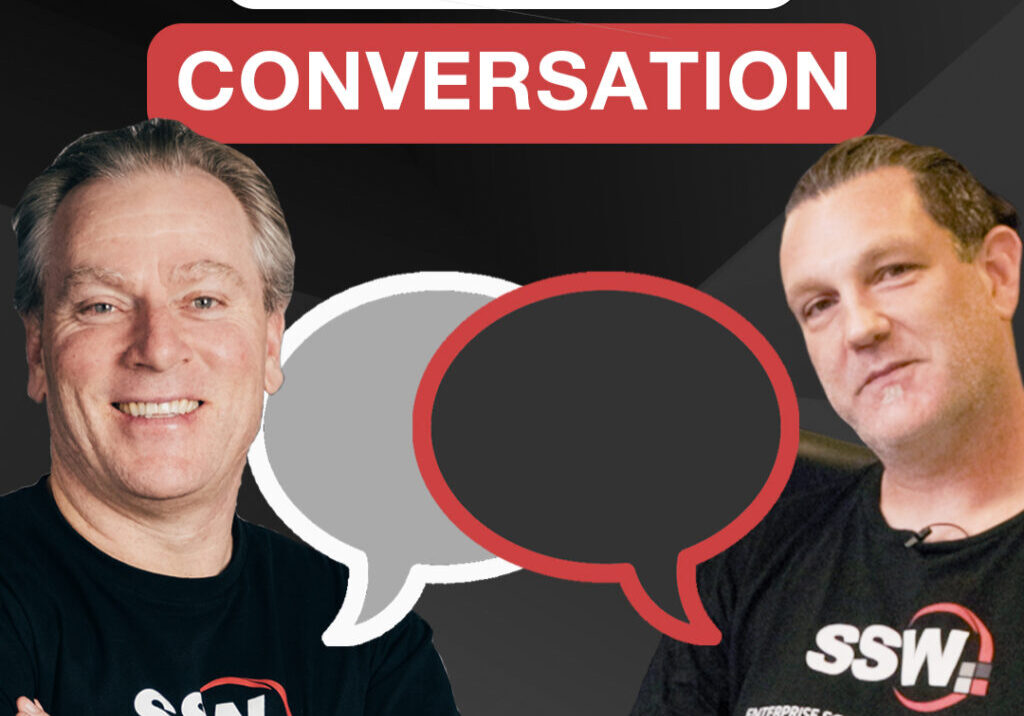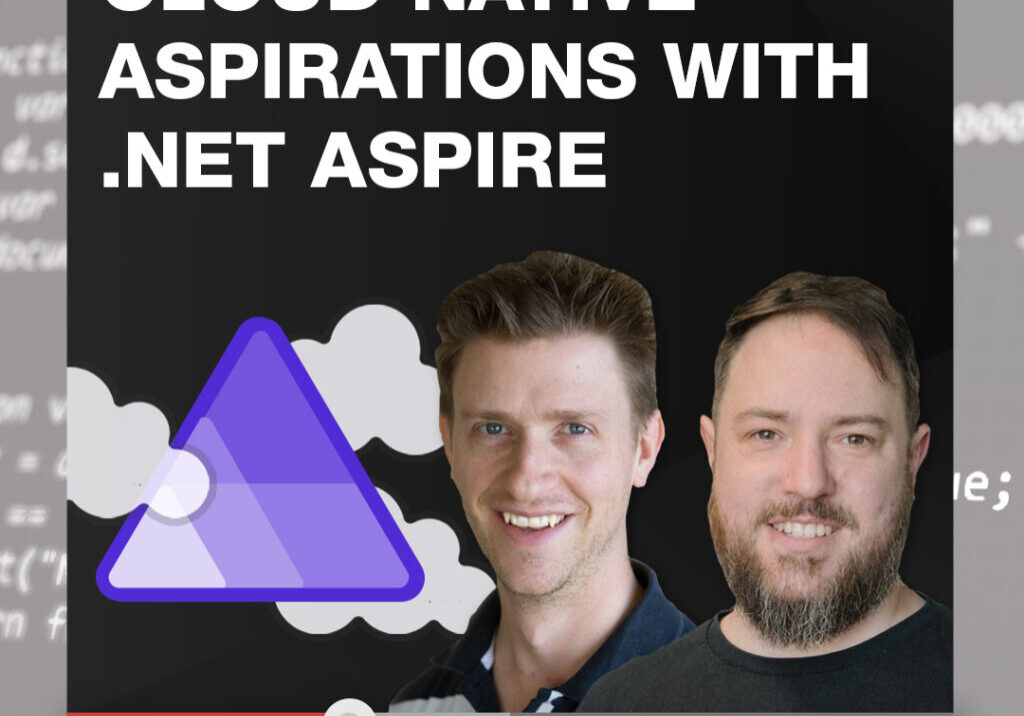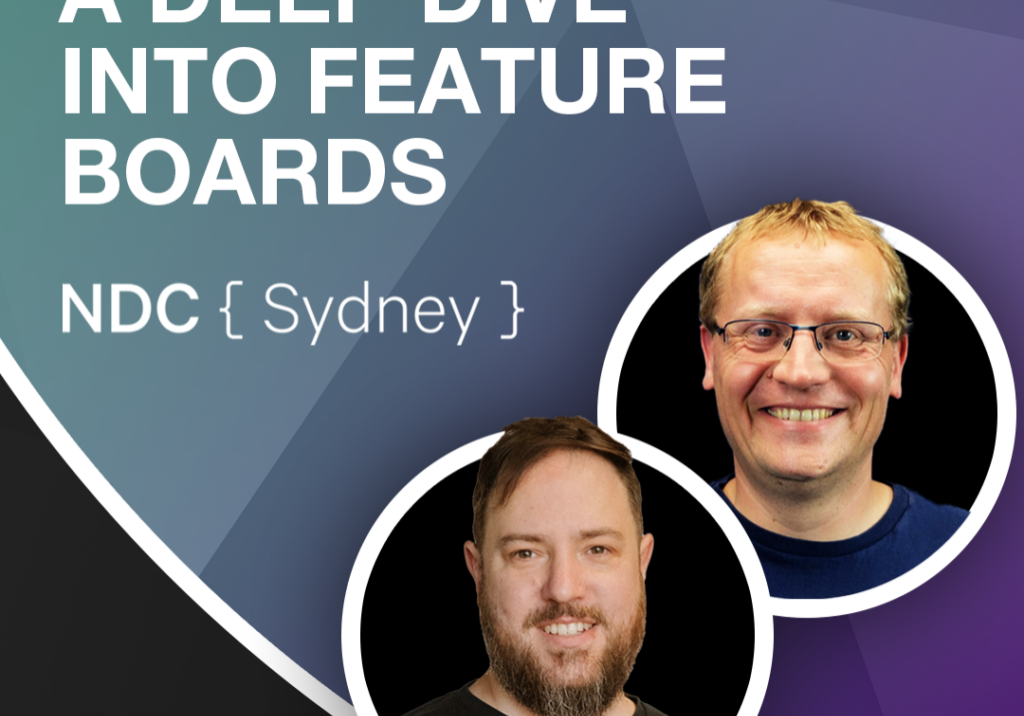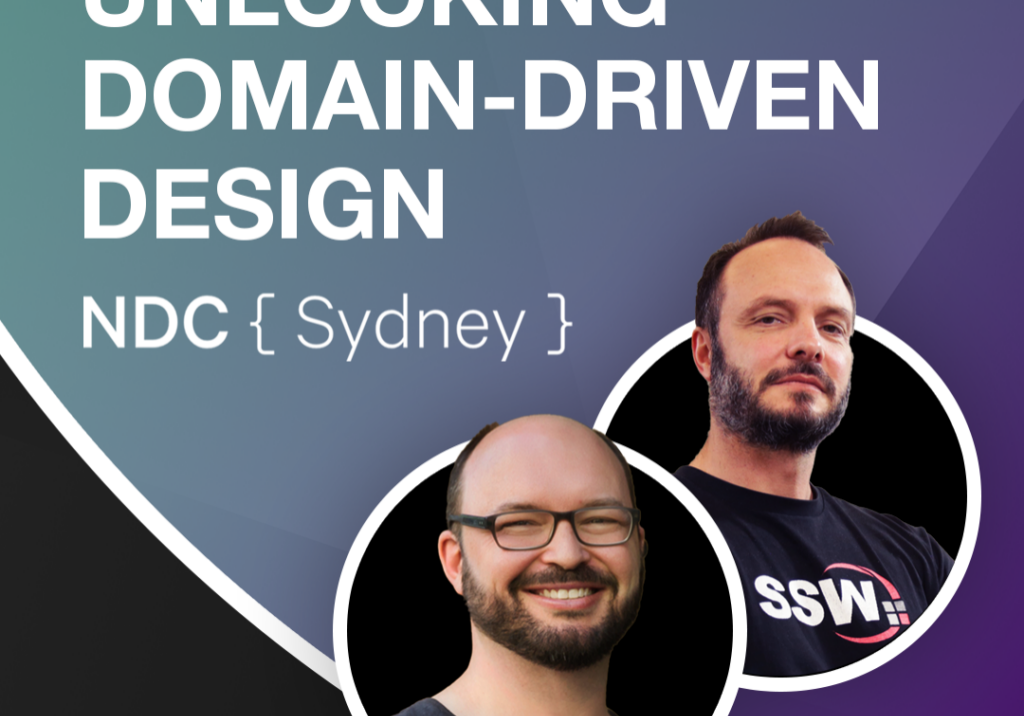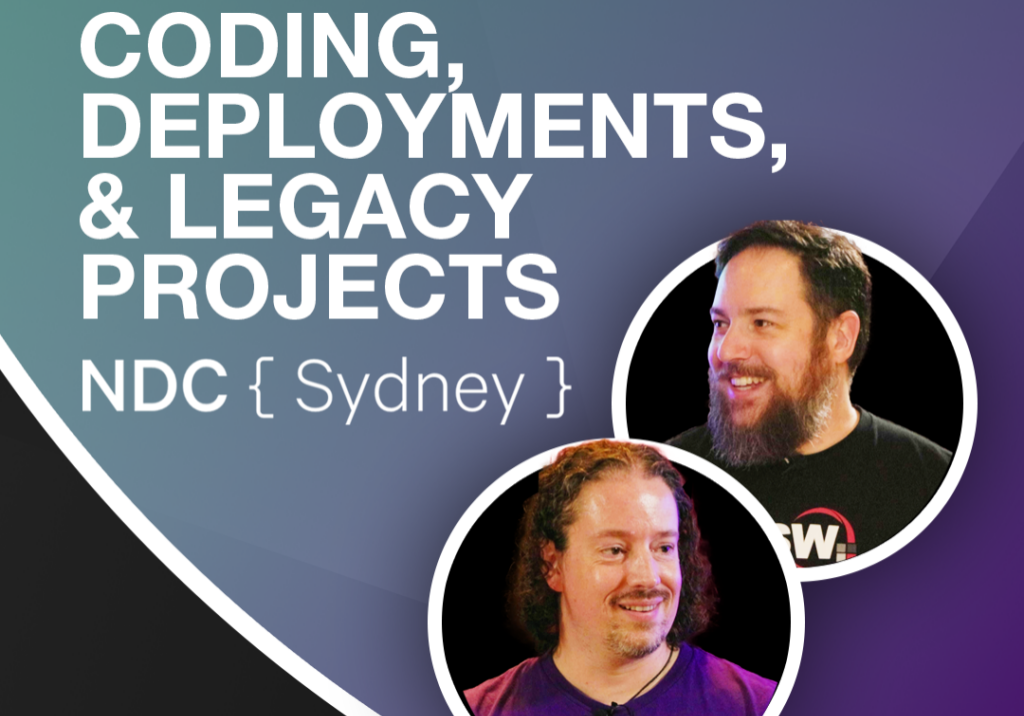SSW TV brings you all the best content from the 2016 DDD event in Sydney.
In this presentation, Richard Banks talks about designing and building microservices in .NET.
Talk outline:
“Buzz word! More buzz words! And another buzz word!! Now that that’s out of the way, if you’re thinking of heading down the microservices path, then how do you do it? How do you build the services? What do you need to think about if you’re starting from scratch? What if you’re converting a legacy app? How do we deal with versioning? Do we have to use a NoSQL solution, just because Netflix does? Do we need to use docker/containers? What about the code? Show me the code! Well, that’s what this session is all about. Designing and building microservices in .NET and then handling a bunch of other concerns that a microservices approach will force you to think about. Sounds interesting, doesn’t it? You betcha. See you in the session!”
We hope you enjoy this content. You can watch more of DDD on SSW TV.
Take the Poll!
About the speakers

Mr Microservices
Richard Banks has developed software for the last 20 years for a wide range of industries and development platforms and over the years and has filled many roles including developer, team lead, project manager and CIO/CTO. He is a Professional Scrum Trainer, author of the Visual Studio 2012 Cookbook, runs the Sydney Alt.Net user group and the Talking Shop Down Under podcast, owns and contributes to a few open source projects and has spoken at Microsoft Tech.Ed and a number of other events and user groups around the country.
If you want to get in touch he tweets at @rbanks54 and blogs at https://www.richard-banks.org/. He currently works as a Principal Consultant for Readify and is a Microsoft Visual Studio ALM MVP.
